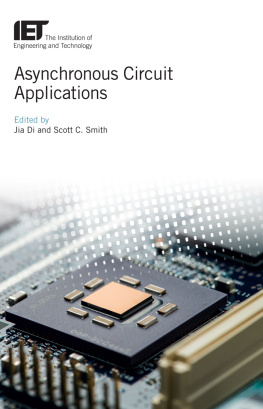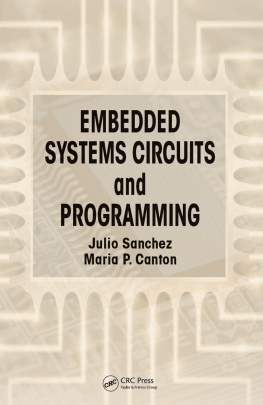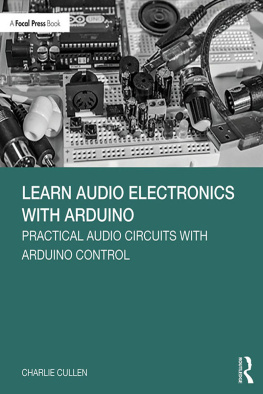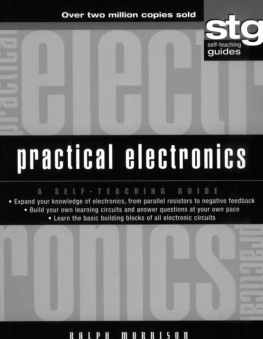Charles Wayne. - Electronic Circuits: The Definitive Guide to Circuit Boards, Testing Circuits and Electricity Principles
Here you can read online Charles Wayne. - Electronic Circuits: The Definitive Guide to Circuit Boards, Testing Circuits and Electricity Principles full text of the book (entire story) in english for free. Download pdf and epub, get meaning, cover and reviews about this ebook. genre: Science / Computer. Description of the work, (preface) as well as reviews are available. Best literature library LitArk.com created for fans of good reading and offers a wide selection of genres:
Romance novel
Science fiction
Adventure
Detective
Science
History
Home and family
Prose
Art
Politics
Computer
Non-fiction
Religion
Business
Children
Humor
Choose a favorite category and find really read worthwhile books. Enjoy immersion in the world of imagination, feel the emotions of the characters or learn something new for yourself, make an fascinating discovery.

- Book:Electronic Circuits: The Definitive Guide to Circuit Boards, Testing Circuits and Electricity Principles
- Author:
- Genre:
- Rating:5 / 5
- Favourites:Add to favourites
- Your mark:
Electronic Circuits: The Definitive Guide to Circuit Boards, Testing Circuits and Electricity Principles: summary, description and annotation
We offer to read an annotation, description, summary or preface (depends on what the author of the book "Electronic Circuits: The Definitive Guide to Circuit Boards, Testing Circuits and Electricity Principles" wrote himself). If you haven't found the necessary information about the book — write in the comments, we will try to find it.
Electrical Units
Types of Electrical Circuits
Difference Between Circuits
Testing Methods
Circuit board Manufacturing Methods
Learning and understanding how to use electrical units you will gain a greater appreciation for the types of circuits that you will inevitably build after reading this book. Knowing the difference between circuits is also important, as is knowing the different testing methods that are employed when creating circuits, especially when manufacturing circuit boards
Be confident in the fact that there not one type of electrical circuit that you do not know or understand. Brag to your friends about the way you have manufactured your own circuit board for that all new accessory for your television. Make sure that your never caught flat footed around electronics again because now you can test your own circuits and understand all the different electrical units that are used to measure electricity
Charles Wayne.: author's other books
Who wrote Electronic Circuits: The Definitive Guide to Circuit Boards, Testing Circuits and Electricity Principles? Find out the surname, the name of the author of the book and a list of all author's works by series.






